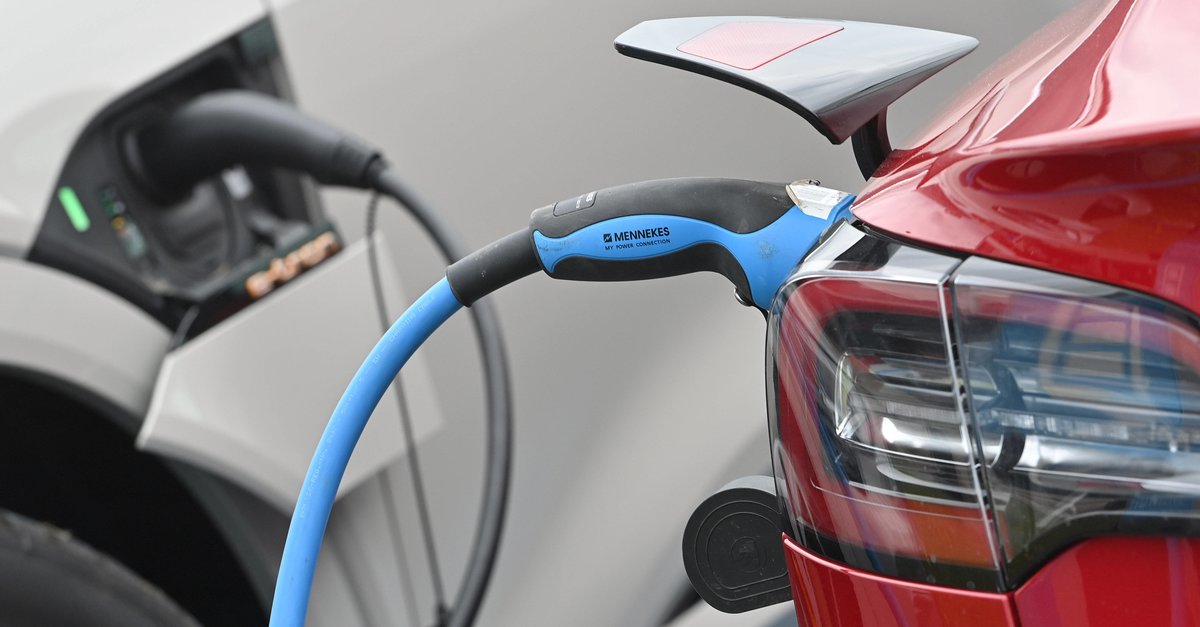The fiber optic expansion in Germany is (finally) picking up speed
The Federal Republic of Germany slept a long time with the expansion of the mobile network and fiber optics. Here I would like to refer again to the article by Casi, which is well worth reading and which clearly showed at the beginning of the year how slow things are going in this country. However, new data show that things are now moving much faster, at least when it comes to fiber optics.
Because if we look back six years on 2015, only 2.10 million connections were available in this country, and only 0.69 million (28.1 percent) were actually used. The number of connections has increased continuously since then; in 2018, 3.51 million connections were ready for use. First figures from 2020 show 5.11 million connections, 36.6 percent were actively used.
The proportion of households with an FTTB or FTTH connection has also increased by 9.1 percent to 13.5 percent since 2014, which is probably also due to the rapidly increasing investments in this area. While in 2010 the investments still affected the 6 billion euros, in 2019 it was already 9.6 billion euros. Since 2010, 76.2 billion euros have been invested in the expansion, just over half (54.1 percent) has been contributed by alternative network operators (apart from Telekom).
The reason for the so far rather low use of fiber optic technology (36.6 percent) has several reasons. On the one hand there are the costs, fiber optic tariffs with a transmission rate in the gigabit per second range are comparatively expensive, the price is usually between 50 and 100 euros. But the practical use is also not given in many households, for streaming 4K content, for example, 50 to 100 megabits per second are usually sufficient.
Users in Hamburg can look forward to the most. Here, 80.2 percent of households are already connected to the fiber optic network, followed by Schleswig-Holstein (30.8 percent), Bavaria (17.1 percent) and Saxony (16.4 percent). At the bottom of the list are Baden-Württemberg (5.9 percent), Thuringia (4.6 percent) and Saarland (3.2 percent).
Own opinion:
When it comes to fiber optics, a lot has happened in the last 10 years. While a connection was something exotic a few years ago, today it is normal in some areas to surf at one or more gigabits per second. Nevertheless, we are still a long way from reaching our destination nationwide, many places away from the big cities sometimes only reach a few megabits, even with me in Munich there are only 18 megabits per second locally. Hopefully this will be improved soon.
More information on PŸUR




